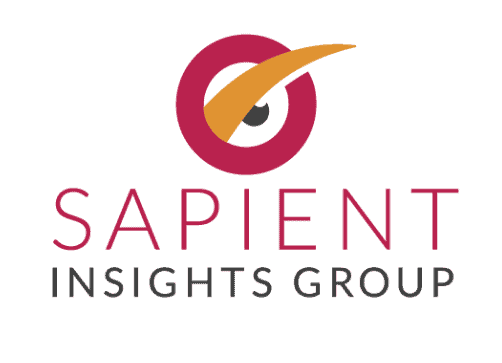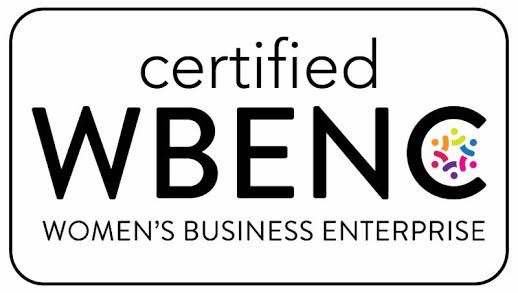It has been around four years since remote work shifted from “nice perk” to nearly mandatory for most U.S. businesses. Even employers announcing return-to-work policies are doing so tentatively, choosing to implement hybrid policies instead of ” all-in” mandates.
And with good reason.
Research from FlexJobs – a search engine that matches job-seekers with exclusively remote work opportunities – reveals that employees will go to great lengths to maintain work flexibility. Of the 4,000 US workers surveyed:
- 50% would take a pay cut
- 20% would increase their working hours
- 15% would give up vacation days
That’s some pretty compelling evidence, but it’s far from unique. Research from other noteworthy organizations, such as The Washington Post and Kiplinger, suggests that workers would be willing to make huge sacrifices—including handing in their resignations—if forced to return to an office full-time.
Many workers cite lifestyle improvements – from reduced childcare expenses to eliminating commute-time stress to a greater overall sense of balance – as the benefits of staying home. Others cite the financial benefits of moving to areas with a lower cost of living so they can gain greater security. Their reasons are varied.
For all the benefits working from home has brought employees, however, there are some noteworthy drawbacks.
A recent New York Times article revealed that some workers—both those who are relatively new to the workforce and seasoned employees who are learning new skills—might grow at a slower pace when lacking access to mentors and managers for “in-the-moment” feedback, guidance, and support. The researchers called this “the power of proximity,” and it underscores the vital role that real-time interaction can play in career growth.
This creates a challenge for HR leaders.
Establishing and supporting remote work policies is vital to attracting and retaining talent, particularly among Millennial and GenZ workers. On the other hand, failing to provide opportunities for those individuals to learn directly from more seasoned professionals on an ongoing basis could create a disparity between in-office and at-home workers—yet another skills gap that could bog down the company.
Bridging the gap with cohort-based learning & coaching
As with most challenges created by today’s hybrid work environments, this particular hurdle can be overcome by adopting the mindset that technology isn’t a replacement for personal interaction but rather an enabler of facilitating and strengthening connections.
Cohort-based, collaborative learning is an excellent example of this principle in action.
These programs, increasingly popular among both remote and in-office workers, offer a learning environment tailor-made for today. Delivering that much-needed infusion of guidance and feedback from instructors and coaches, participants will also exchange ideas and receive immediate feedback from peers.
This approach also fosters a strong sense of community. Remote workers, often isolated from their colleagues, can rekindle a sense of belonging and shared purpose by learning as part of a team. They also develop relationships that can extend beyond the program itself, providing ongoing support and extending their personal and professional network.
Unlike traditional training methods, which often rely on pre-recorded lectures or one-size-fits-all materials, cohort-based learning allows participants to interact with experts in real-time, ask questions, seek clarification, and receive advice based on their specific needs and goals.
More importantly, studies show that cohort-based learning is the best approach for teaching skills that stick.
According to Learnopoly – an organization that helps learners find the online courses best suited to their needs – cohort-based learning programs routinely deliver completion rates over 90% vs. just 3% for self-paced classes. What’s more, when you add an experiential component, such as hands-on projects during each class and a “capstone project” that is completed as part of the program, participants have a much higher rate of retaining and using the skills acquired in the process.
Practicing What We Preach
Over the years, Sapient Insights Group has helped scores of companies—from mid-sized organizations to global leaders with household brands—develop an HR systems strategy that keeps pace with the growth of their business. And, for the past 26+ years, our Annual HR Systems Research has been helping hundreds more evaluate and select the right solutions for their business.
One of the most consistent requests we receive from both consulting clients and Systems Survey participants is to bundle our expertise into a program that can teach current and emerging HR leaders to develop, deploy, and modify HR systems strategies independently. It’s a great idea, particularly given the new challenges and opportunities AI and other emerging tech bring to the table, so this year, we’re launching our HR Systems Strategy Program.
When we were developing the program, it became abundantly clear that adopting a cohort-based learning model was the only way to go – particularly with a subject like this – for a few key reasons:
- Interactivity
We wanted to allow participants to do more than learn from our industry experts in a teacher/student format. We wanted to build the course around collaboration – with coaches and other participants – so they could openly ask questions, get answers, and share experiences. - Practicality
Self-paced learning undoubtedly has its place in today’s workplace. The snack-sized lessons available through many L&D platforms (or even YouTube) offering quick guidance on specific tasks, for example, can help boost productivity and provide quick answers to common problems. More in-depth activities, such as building an HR Systems Strategy, require acquiring new skills for addressing complex topics. In these circumstances, experiential learning is the best format to both ensure skills mastery and produce tangible results.
As part of our program, for example, each participant will end the course with their own bespoke strategy – developed under the coaching and guidance of Sapient Insight’s industry experts – that will be ready to use right away. - Community
Perhaps the greatest benefit of a cohort-based approach is that people forge connections with peers that endure well beyond the conclusion of the session. At Sapient Insights, we’re dedicated to helping HR practitioners – collectively and individually – play a more direct and strategic role in shaping the world of work. This doesn’t happen in a vacuum; building relationships with others dedicated to the same cause will elevate us all. (In fact, our most recent Systems Survey Report shows a 9% year-over-year increase in HR being viewed as a strategic partner in the business. Let’s keep growing!)
By leveraging the power of cohort-based learning, organizations can address the challenges of remote work head-on, ensuring that all employees have access to the resources and support they need to thrive.
Join Us!
If you want to learn more about our HR Systems Strategy program, you can check out more details and register here. If you’re not quite sure or have some specific questions, drop us a line and we’ll set up a quick chat to tell you all about it.


